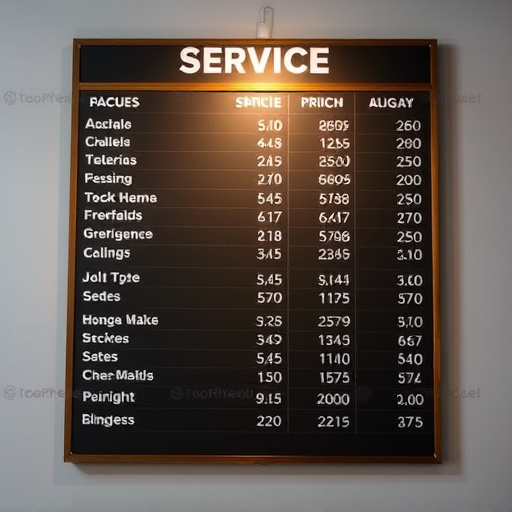Cold Air Intake (CAI) systems enhance engine performance by drawing in colder, denser air from outside the engine, leading to MPG improvements and increased power output. These modifications are especially beneficial for older or less efficient engines, reducing waste gas emissions while optimizing throttle response and driving experience. Widely used in daily drivers and racing vehicles, CAIs extend fuel range and maximize horsepower, making them a cost-effective way to boost fuel efficiency and engine performance.
“Discover the power of simple yet effective upgrades with our guide on gas-saving intake modifications. We explore how Cold Air Intake (CAI) systems can significantly impact your vehicle’s fuel efficiency, boosting MPG and reducing fuel costs. This article demystifies the process, offering insights into practical steps to enhance engine performance. From understanding CAI’s fundamentals to real-world success stories, you’ll learn how these modifications can revolutionize your driving experience, making every mile more economical.”
- Understanding Cold Air Intake and Its Impact on Fuel Efficiency
- Implementing Modifications for Optimal MPG Improvements
- Real-world Applications and Benefits of Gas-Saving Intake Upgrades
Understanding Cold Air Intake and Its Impact on Fuel Efficiency

Cold Air Intake (CAI) is a popular modification among car enthusiasts aiming to enhance performance and improve fuel efficiency. By directly drawing in colder, denser air from outside the engine compartment, CAI systems provide a more efficient mixture of air and fuel for combustion. This simple yet effective method allows for better engine breathing, resulting in increased power output and, most notably, improved MPG improvements. The cooler air is denser, meaning there’s more oxygen available for burning, leading to a more complete combustion process that reduces waste gas emissions and enhances overall engine performance.
This modification is especially beneficial for vehicles with older or less efficient engines, as it can help recover some of the power lost due to poor airflow. Modern CAI systems are designed to seamlessly integrate into a vehicle’s existing ventilation system, ensuring optimal air flow without compromising the car’s aesthetics or performance. By prioritizing cold, dense air intake, these modifications play a crucial role in maximizing fuel efficiency and contributing to better environmental outcomes.
Implementing Modifications for Optimal MPG Improvements

Implementing modifications, such as installing a cold air intake system, can significantly enhance your vehicle’s fuel efficiency by improving its overall performance. Cold air intakes draw in cooler and denser air from outside the engine compartment, providing a richer mixture of oxygen and fuel for combustion. This optimal ratio increases power output while also boosting miles per gallon (MPG). By allowing for more efficient burning, these modifications can result in substantial MPG improvements, especially during city driving where stop-and-go traffic is common.
Additionally, cold air intakes reduce restrictions in the intake system, enabling smoother and faster airflow into the engine. This enhances throttle response, making acceleration more responsive and reducing the amount of fuel needed to achieve higher speeds. As a result, drivers can enjoy both better performance and improved fuel economy, making these modifications an attractive option for those looking to save on gas expenses while also enhancing their driving experience.
Real-world Applications and Benefits of Gas-Saving Intake Upgrades

Gas-saving intake modifications, such as cold air intakes (CAIs), offer practical and effective ways to enhance engine performance while reducing fuel consumption. By allowing for a greater flow of cool air into the engine, CAIs improve the efficiency of combustion, resulting in significant MPG improvements. Cooler air is denser, which means more fuel can be burned per cycle, leading to better power output and economy. This simple upgrade is especially beneficial for daily drivers looking to extend their fuel range or reduce trips to the gas station.
Beyond everyday driving, CAIs have real-world applications in racing and off-road vehicles. In these scenarios, optimal airflow is crucial for maximizing horsepower and torque, enabling vehicles to achieve better acceleration and top speeds. By efficiently delivering air to the engine, gas-saving intake upgrades contribute to improved overall performance while still offering fuel savings, making them a versatile choice for various automotive needs.
Cold air intake modifications offer a simple yet effective way to enhance fuel efficiency. By optimizing the airflow into an engine, these upgrades can lead to significant MPG improvements, making them a popular choice for those seeking to reduce their fuel costs. The real-world applications of gas-saving intake upgrades are vast, from everyday drivers to off-road enthusiasts, all benefiting from increased fuel economy and reduced emissions. Implementing these modifications is a straightforward process that can pay dividends in both performance and cost savings.














